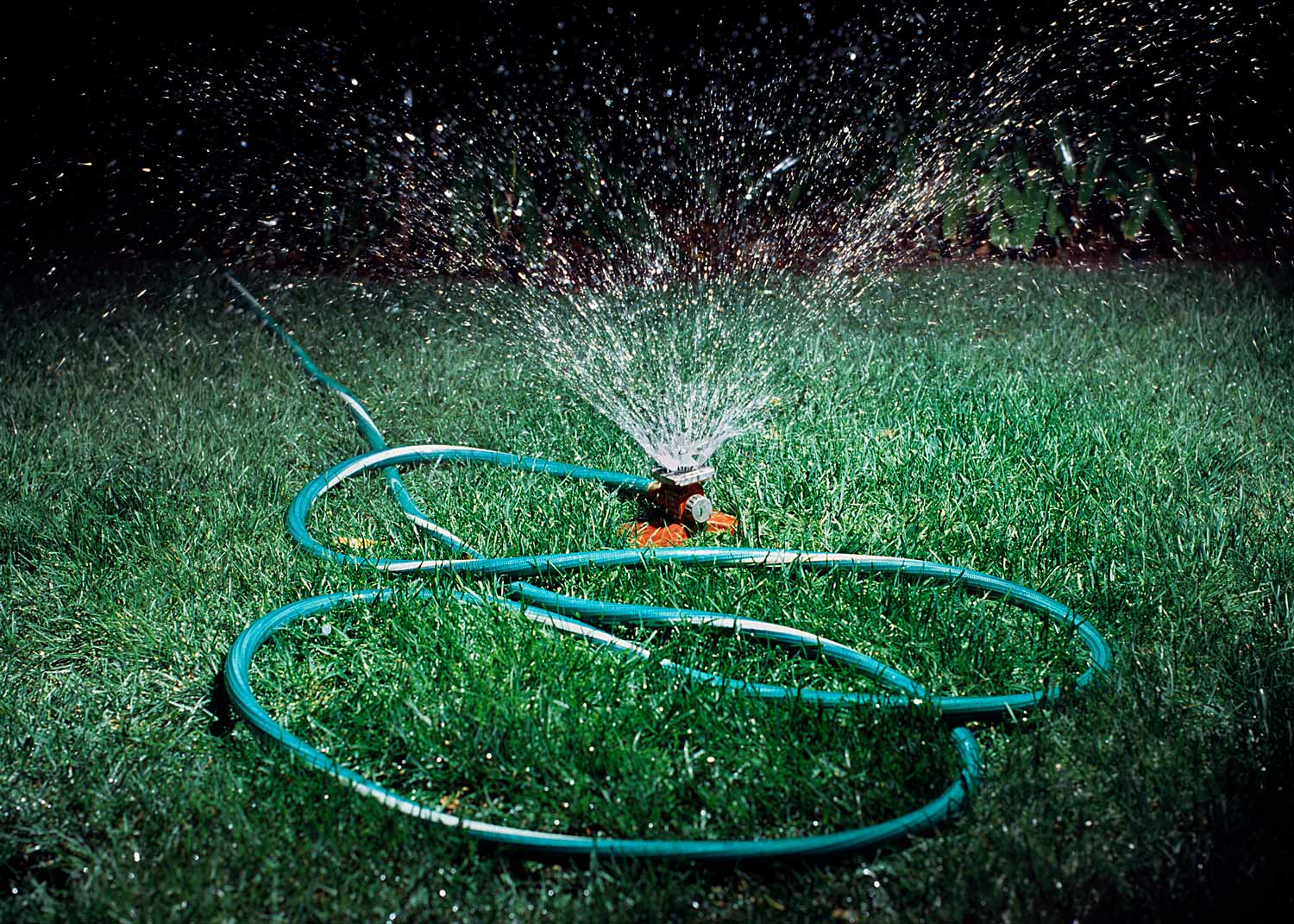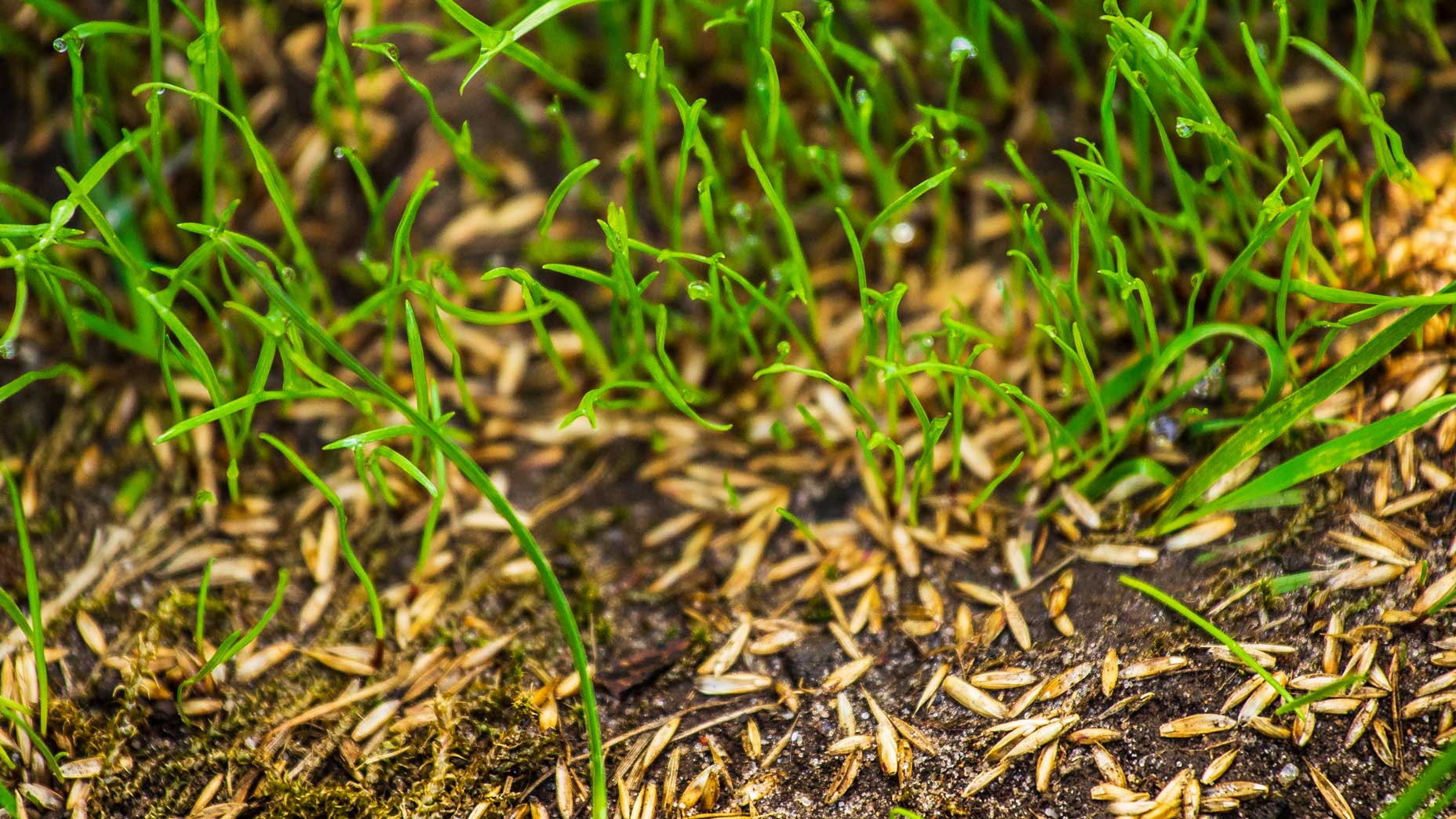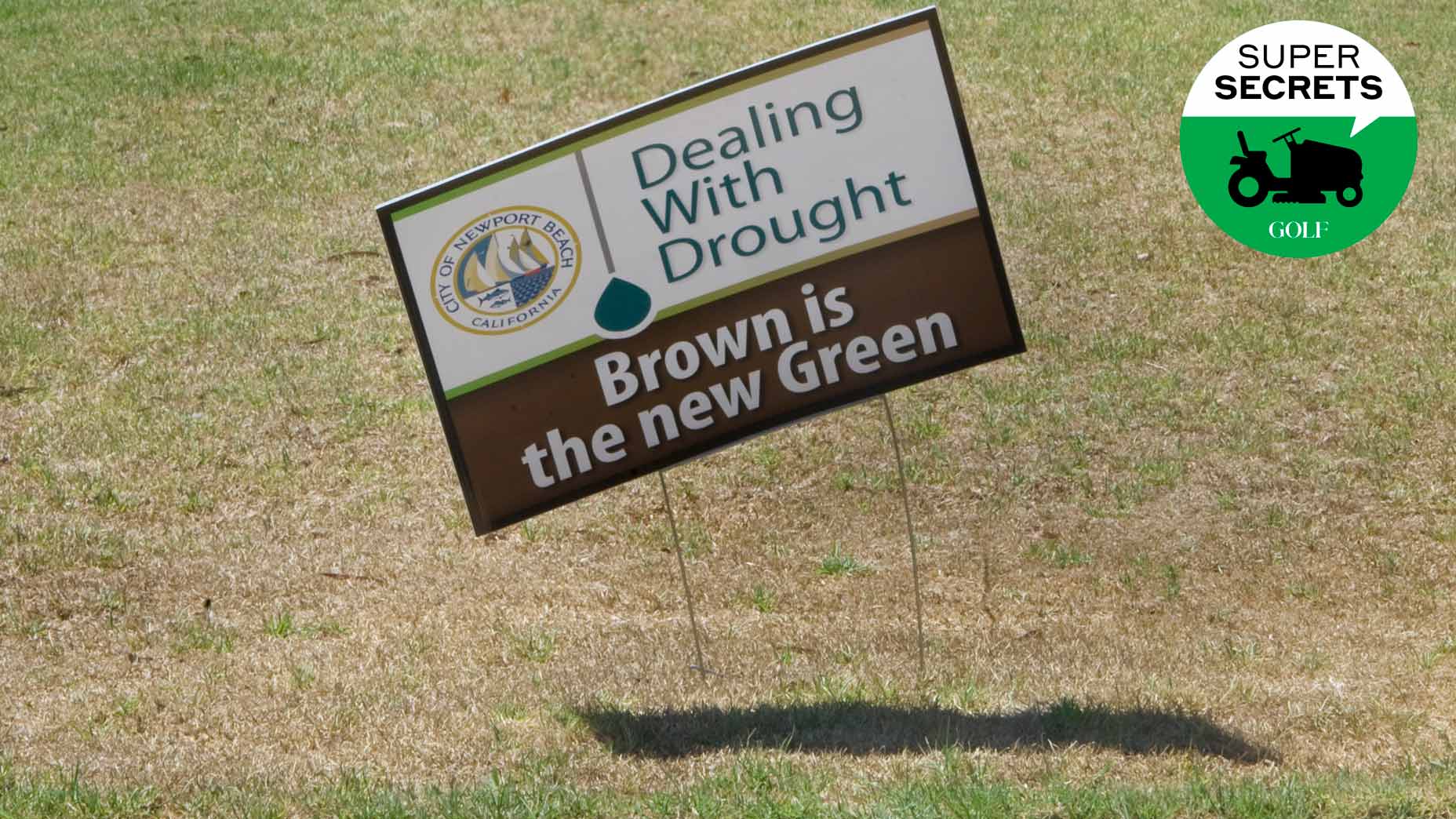For some people, lawn care is a labor of love. For the rest of us, it’s just plain labor. Either way, the work takes time and money, and you want to get the most out of the hours and dollars you put in.
David Phipps, a former superintendent who now serves as Northwest regional representative for the Golf Course Superintendents Association of America, used to teach an evening class, open to the public, called Golf Course Quality Lawns, so he’s given lots of thought to efficient practices that are easy for yard-loving homeowners to employ.
Here are 5 of his favorite lawn-care hacks.
1. Watch your water
Phipps means that literally. On morning walks around his neighborhood, he marvels (and not in a good way) at all the uneven yards he sees, whether browned-out or bald or excessively wet. As often as not, the problem is head-slappingly simple: sprinklers sending water where it’s not supposed to go, either soaking the sidewalk or the driveway or drenching the same grassy spot that’s already been given plenty to drink.
So, again, watch your water! Make sure it’s going where you intended. If not, Phipps says, you’re not only wasting a precious resource. You’re also cultivating an unhealthy lawn. Also, because irrigation systems also get old and injured (damaged by lawnmowers, for instance) check that your sprinkler heads aren’t leaking water or gurgling haplessly. They might need to be repaired or replaced.

2. Do the tuna can test
Are you watering too much, or not enough? Superintendents have sophisticated tools to help answer that question. But here’s a simple one: an empty tuna can. Phipps recommends setting one on the ground as you’re watering your lawn, then measuring the water level in it when you’re finished and multiplying that number by how many times you water per week. On average, you’re looking to give your grass about an inch of water every seven days. Now that you’ve done the grade-school math, recalibrate accordingly.
3. Fertilize efficiently
If you love lawns but hate weeds, you’ll be pleased to know that promoting the former helps prevent the latter. Life, after all, is a competition, and the healthier the turf, the slimmer the chance of weeds taking over. To get that healthy turf, you’re going to need to fertilize. At the right time. With the right stuff.
Aim for twice a year, Phipps says, in the early summer and late fall, preferably with slow-release organic fertilizer, which is better for the environment and will do its job effectively over time. Quick-release applications have more chance of getting washed away.
The best grass seed for your yard, according to a golf-course superintendentBy: Josh Sens
4. Target your applications
Yard care, like golf, requires precision. If you’re going to spray your grass with herbicides or pesticides, don’t do it willy-nilly by spraying everywhere with a hose applicator. Instead, Phipps says, get a small-spray applicator and spot-treat your yard. It’s more efficient. And more eco-friendly, the greener path to a greener lawn.
5. Hone your blades
In the kitchen, dull blades are dangerous and ineffective. In the yard, they yield unsightly and unhealthy results, with a rough cut that looks uneven and does harm to the plant. For that reason, Phipps suggests getting your mower blades sharpened once a year. If you’ve got the skills and tools, you can DIY. Otherwise, bring them to a specialty store, or, Phipps says, if you’re pals with a superintendent, ask him or her to help.











